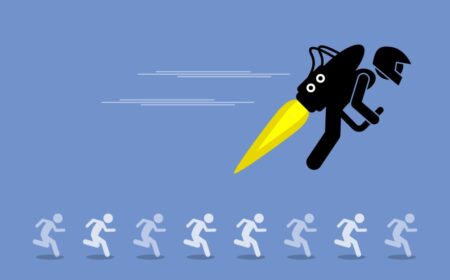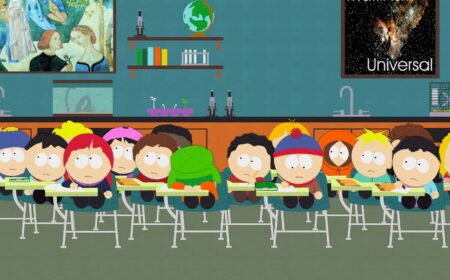Macroeconomics

Macroeconomics studies how the entire economy behaves, including the general market or any complex large scale systems.
The opposite of macroeconomics is microeconomics that concerns itself with the study of economic decision making of individuals, rather than countries, governments or multinational corporations.
Macroeconomics is concerned with examining economy-wide phenomena such as:
- Inflation
- Aggregate price levels
- Rate of economic growth
- National income
- Gross domestic product (GDP)
- Changes in unemployment
Macroeconomic policy
Macroeconomic indicators are important indicators of a country’s or region’s health. Governments and international economic organisations allocate significant resources to tracking and managing them, so that they don’t spiral out of control (for example, they try to keep inflation at bay).
There are two main instruments that are used to govern macroeconomic activity: monetary policy and fiscal policy.
Monetary policy. Central banks define this policy by controlling the supply of money. The mechanism is as follows: a central bank issues money to buy bonds → interest rates decrease → savings decrease and spendings increase. It is possible to replicate the inverse of the same procedure with the purpose of increasing interest rates.
Fiscal policy. Governments are in charge of fiscal policy. They can increase economic activity and stimulate inflation in a region by increasing or decreasing expenditures (for example, by developing large infrastructure projects) and flowing funds into the economy.









